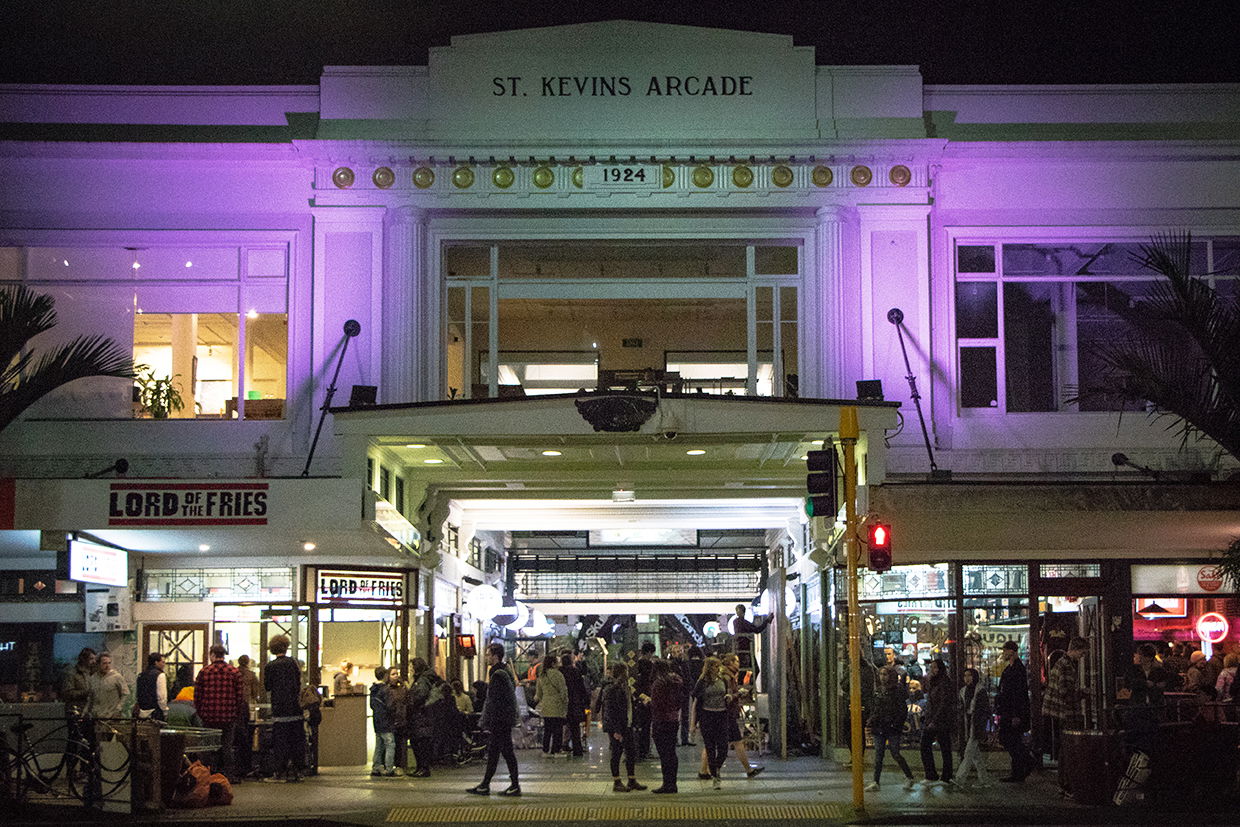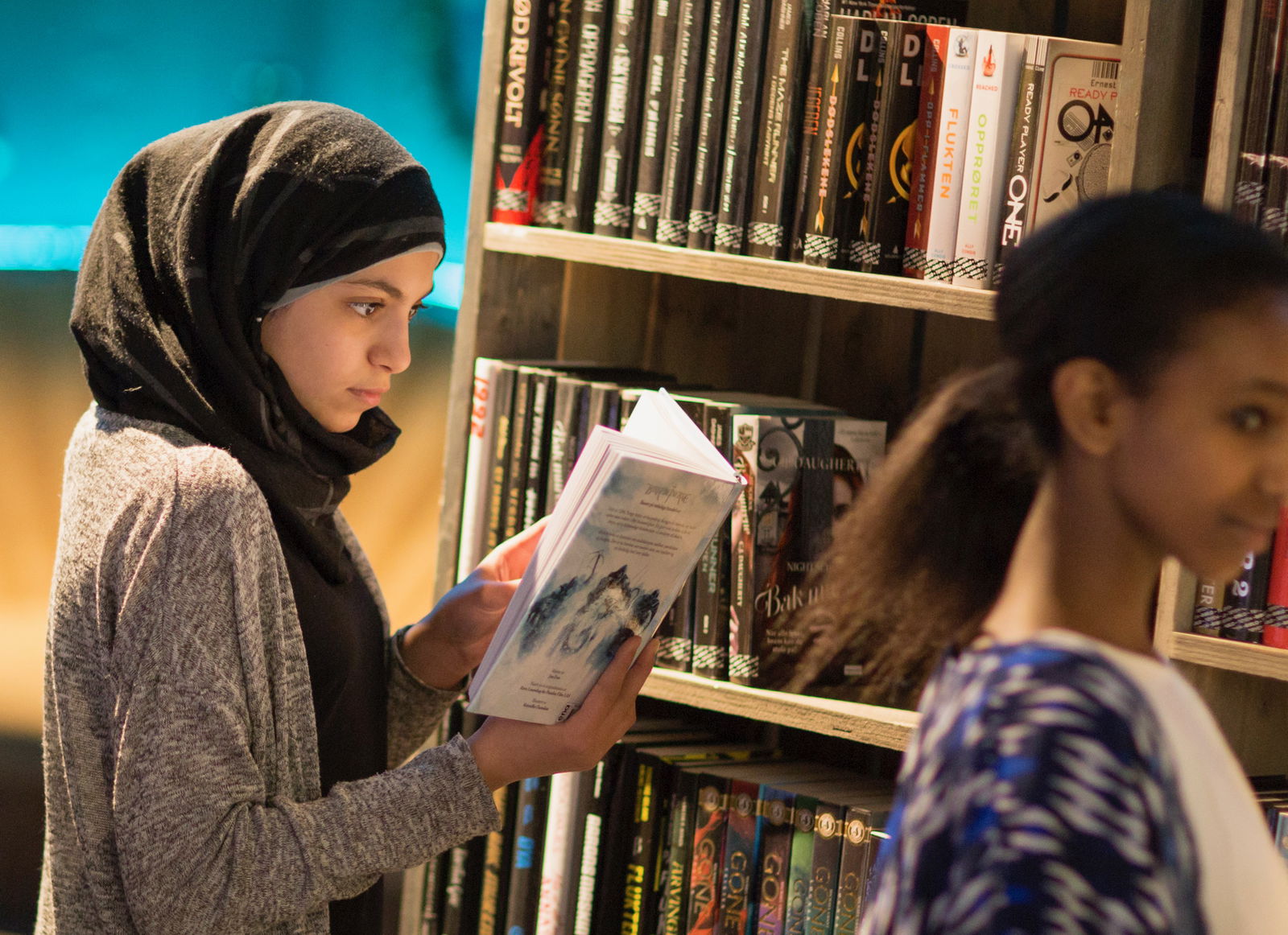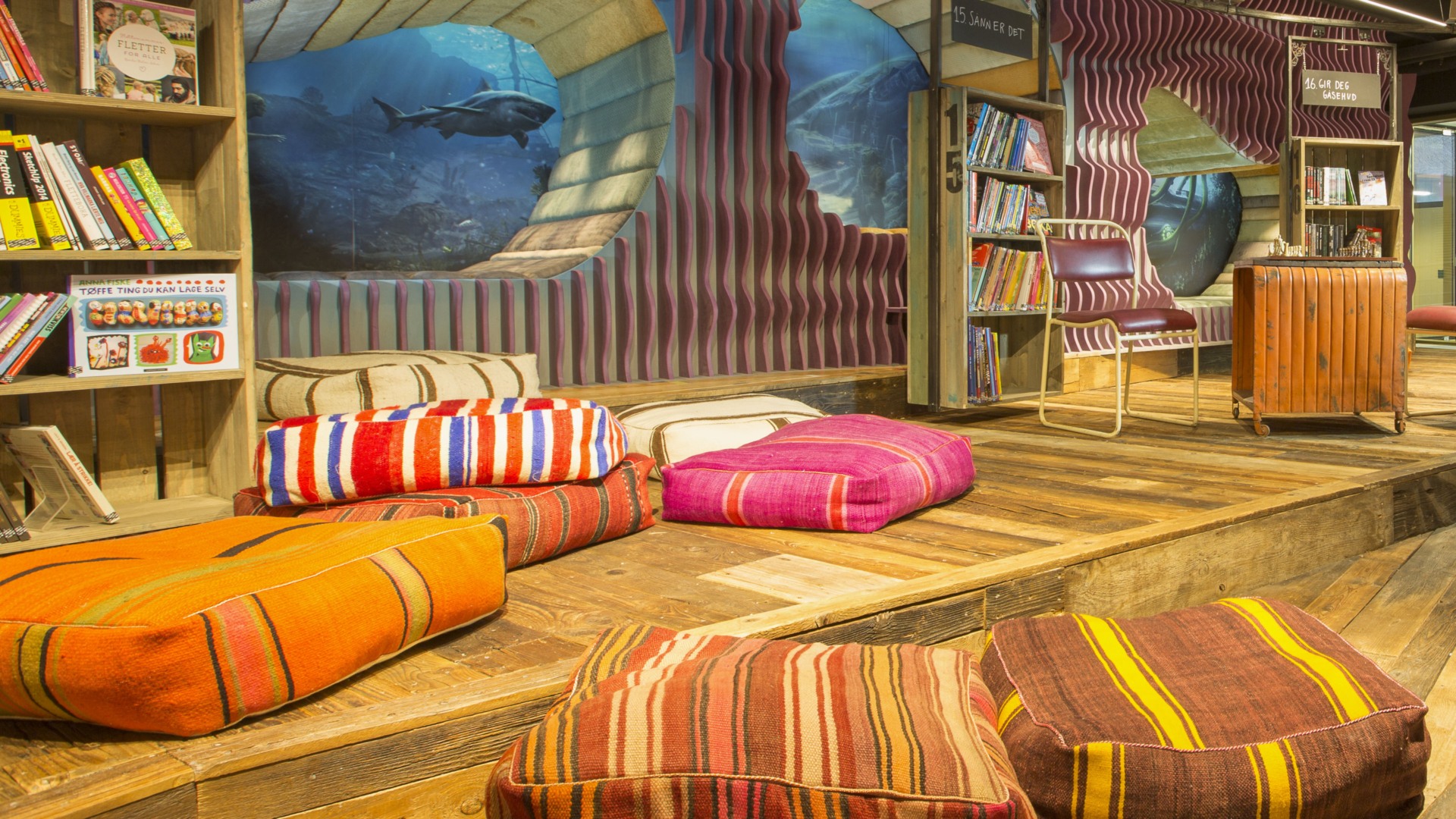A Tween’s library seen from the user’s perspective
According to its young patrons, Biblo owes its success to the design that allows for serendipity and interaction, the relationships with the staff and the variety of activities that allows the youth to be involved and experience ownership within the library. “Feeling welcome, knowing what to expect and recognizing that your involvement is celebrated all contributed to be the success formula of this award-winning youth library,” explains Amy Goedhart, Researcher at includi. Most libraries put a special emphasis on creating services for youth, but traditionally these have been centered around books and reading. At Biblo, the main focus is to provide a third place (Oldenburg 1989) for children and make them active contributors and participants.
In the study of researchers Vold and Evjen (2016-2018), young library users (aged 10-15) are invited to to share their views on the library via a task-oriented methodology. This blog post covers the highlights of the analysis of Vold and Evjen (2020): ”What makes this research unique is its aim to truly understand the children’s perspective. Looking from the user’s perspective always reveals surprising insights. I believe we can learn a lot from the methodology, as well as the conclusions drawn in this study,” says Amy Goedhart.
In Vold and Evjen’s study, the researchers worked with a task-centered approach to engage the young informants in activities that play into their strengths and competencies, while collecting data. They started the research by cooking with the children in the library’s kitchen for six weeks. This laid the groundwork that helped them to understand the context and build trust to ensure the youngsters were able to make an informed decision whether to participate in the research.
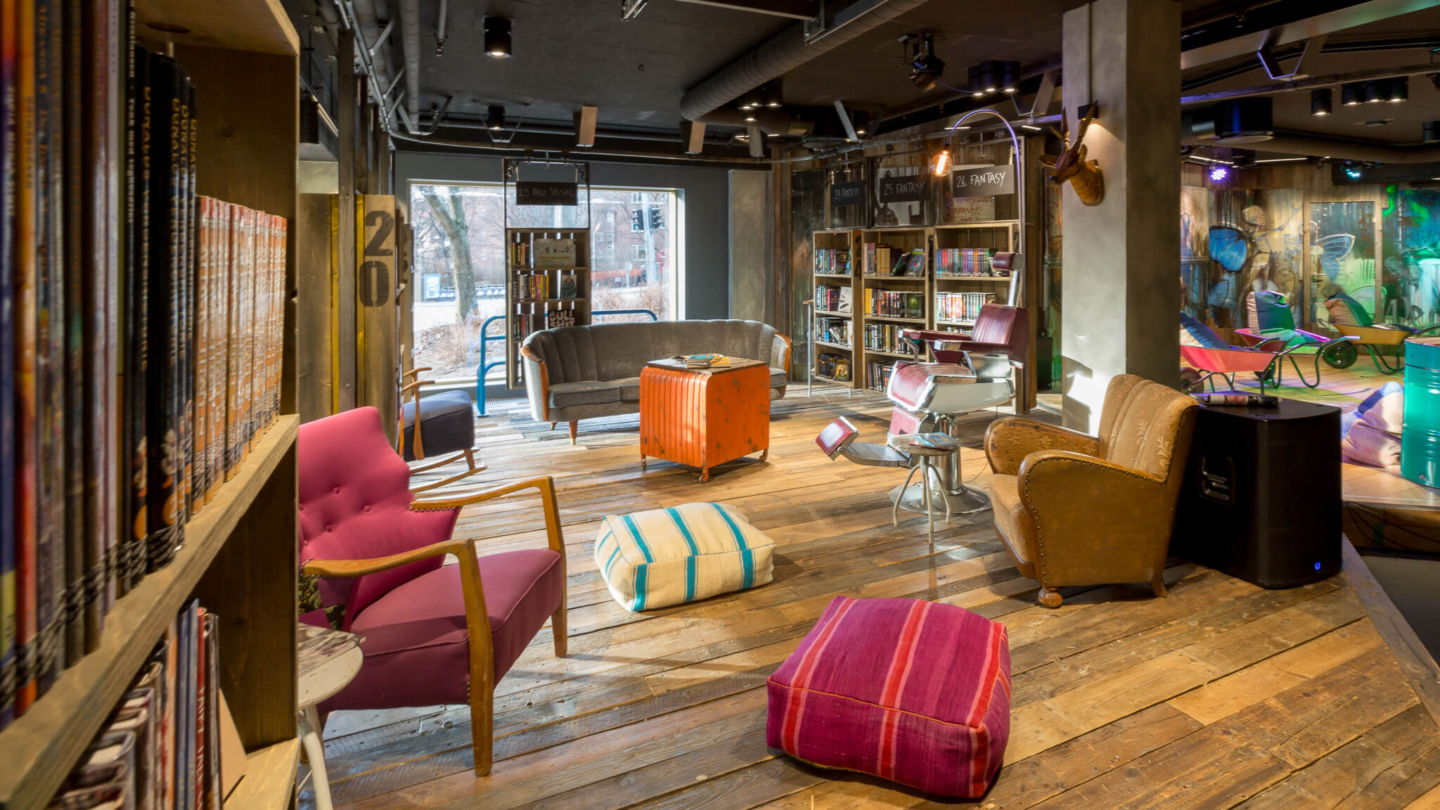
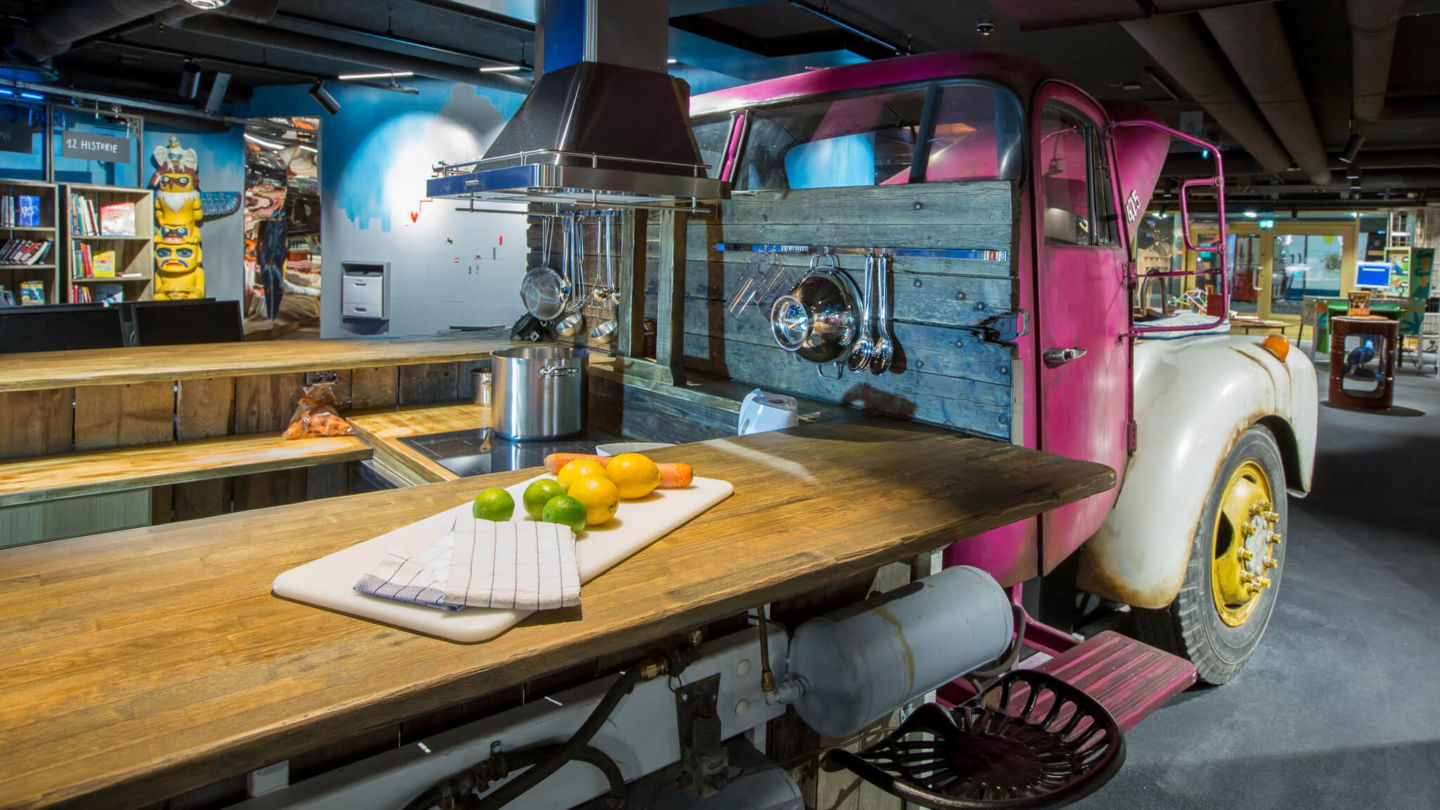
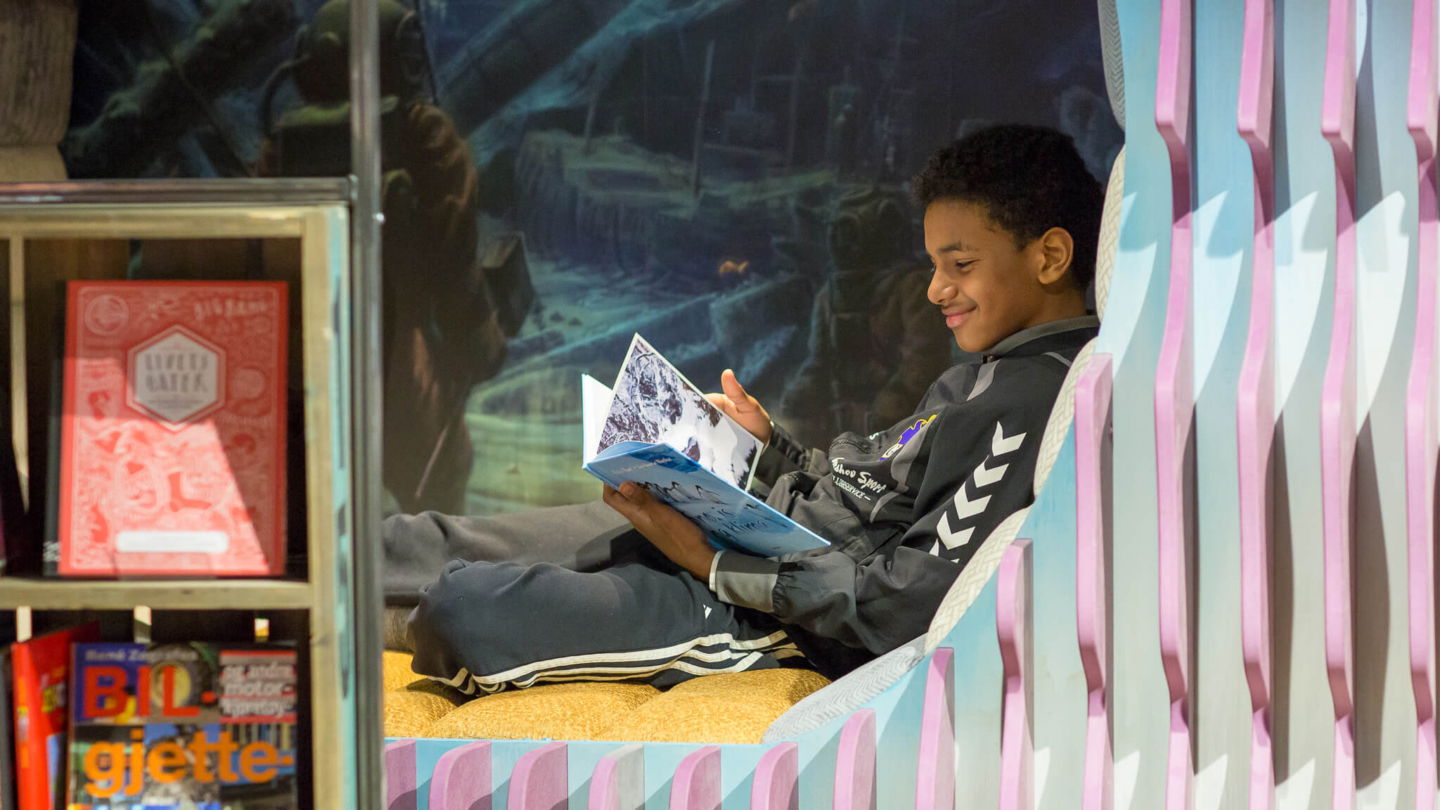
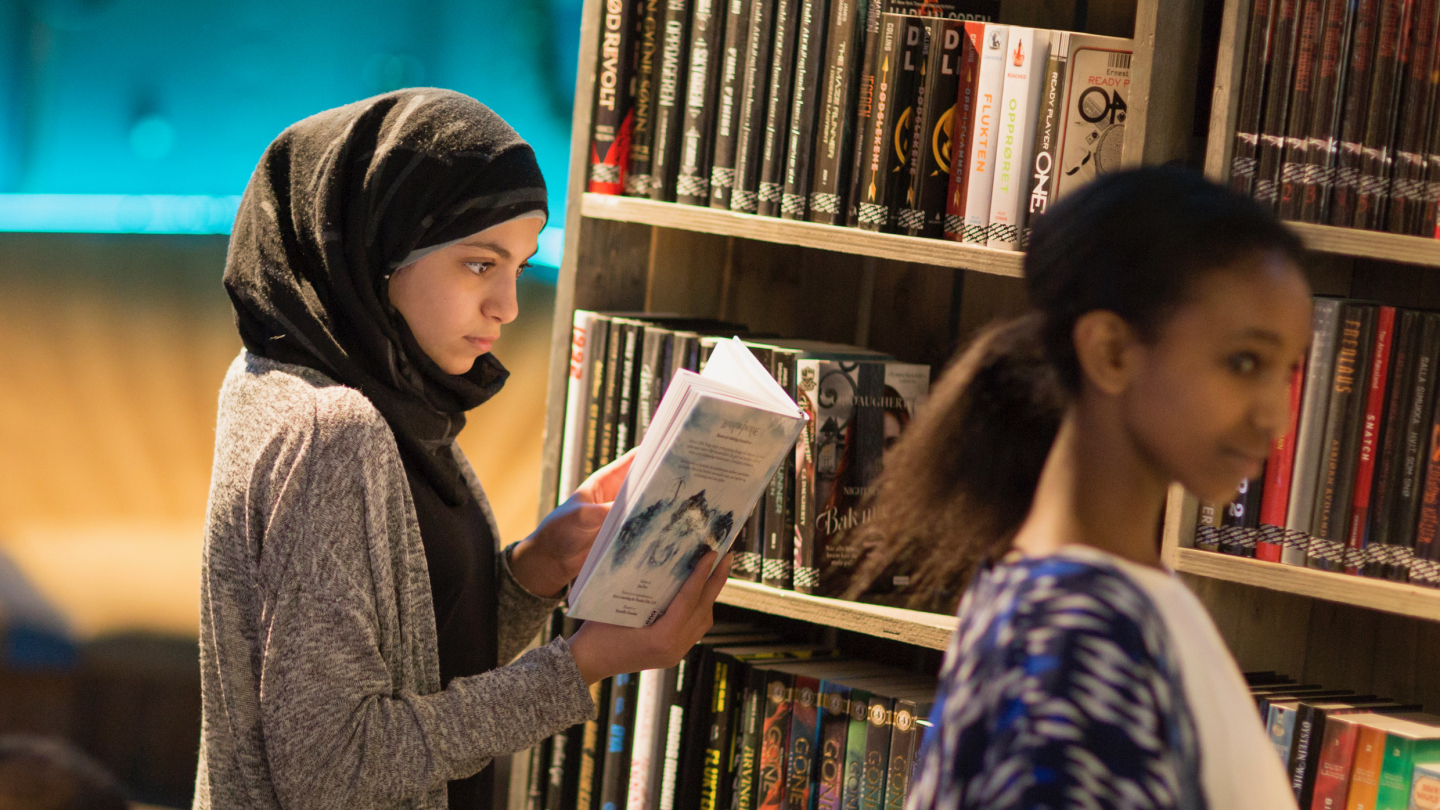
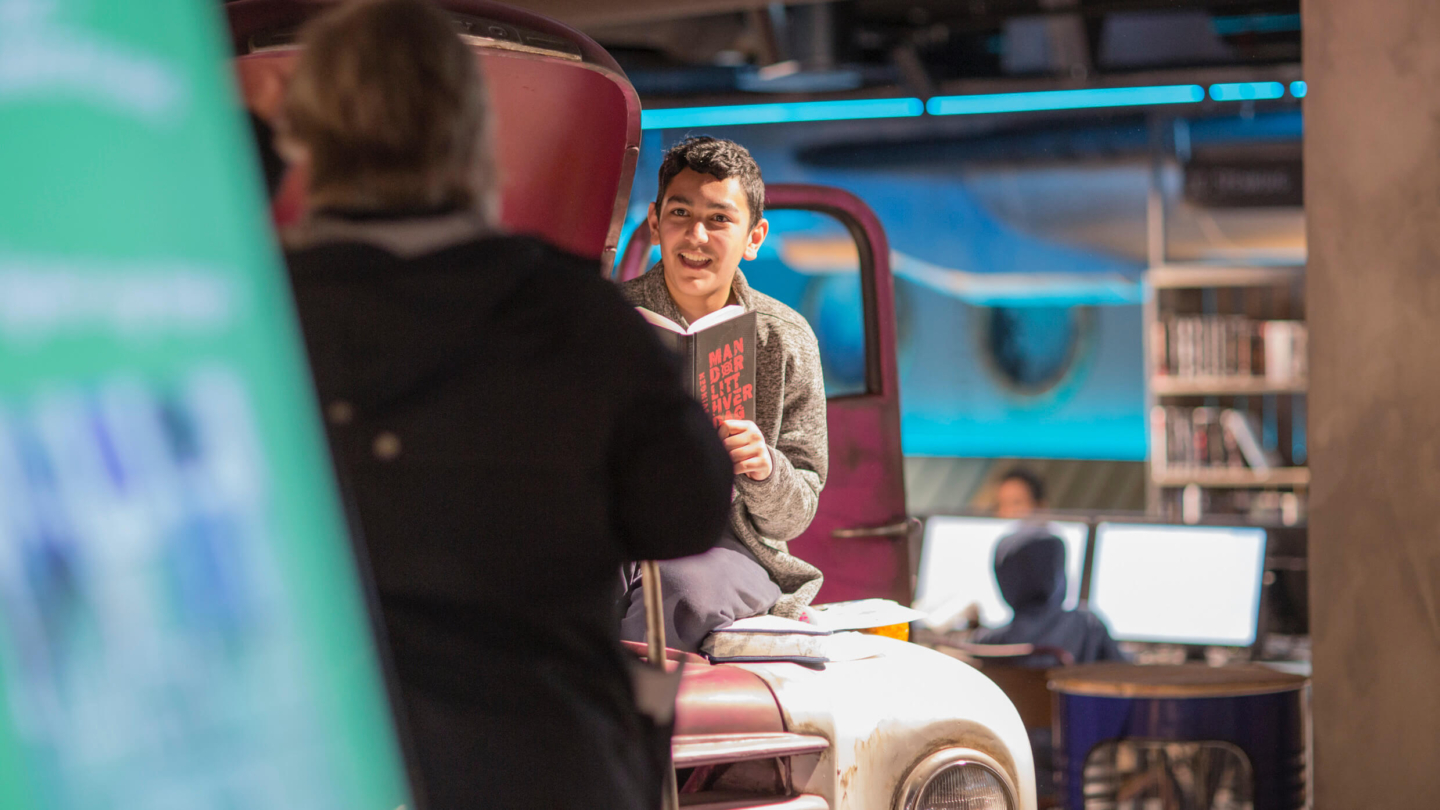
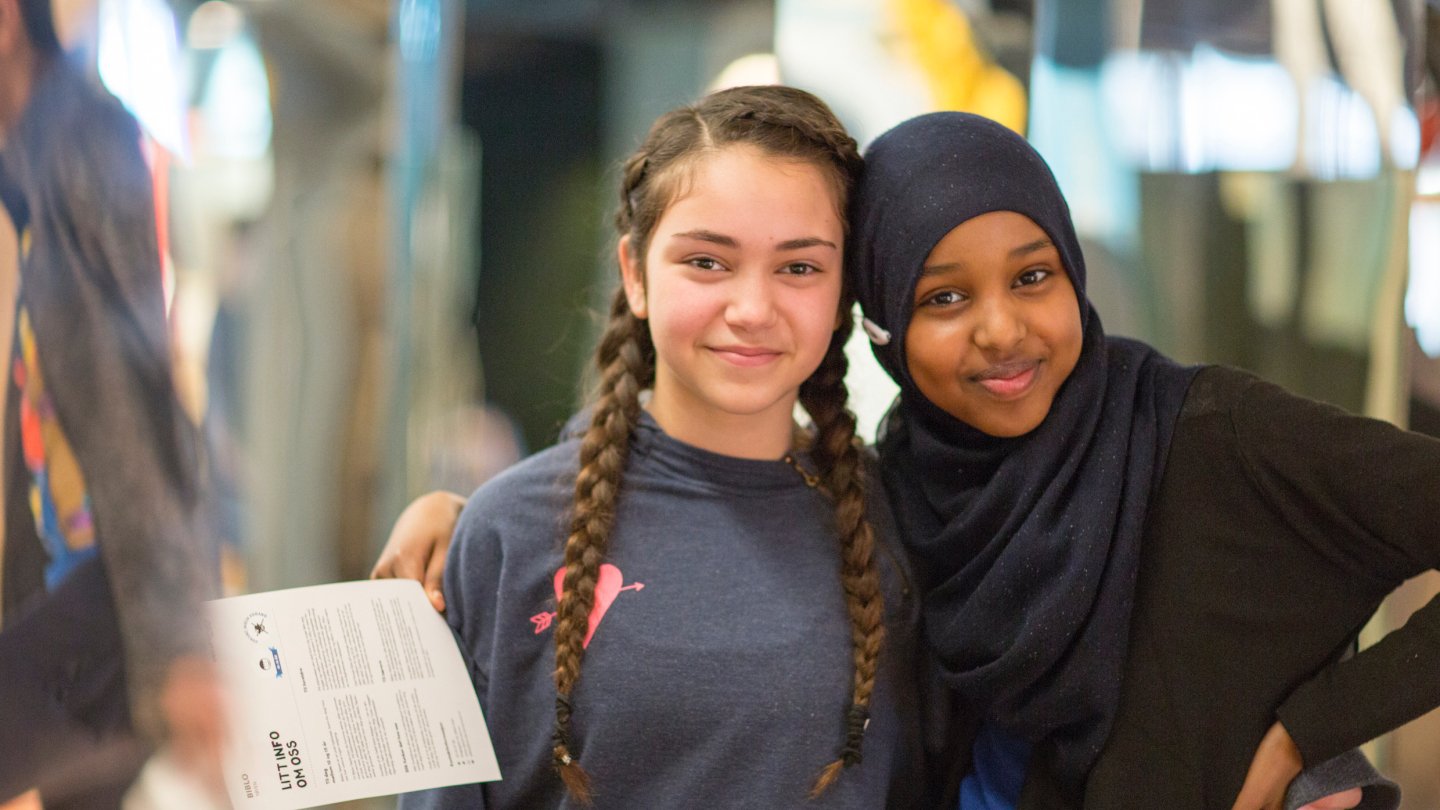
Eventually, the researchers provided twelve kids, from different backgrounds and levels of familiarity with the library, with polaroid cameras. They then asked them to take photos of areas they preferred or something that represented what they like to do in Biblo.
Afterward, they discussed the pictures taken with the children to gain a better understanding of their likes and dislikes regarding the different elements and activities the library has to offer.
7 Key ingredients of the successful youth library
According to the young patrons, what can librarians, library developers and city planners learn from Biblo Tøyen?
- Include users in setting up the library. Make them feel the library is theirs from the start. However, we should be aware that we can only ever copy processes and not results.
- No single space or service can cater to all. While some kids find Biblo too rigid and quiet, precisely this atmosphere is the main reason others favor the library. This shows that a library should never be the singular hang out option for kids in the neighborhood.
- Embrace predictability. The success factor of Biblo may be that the many and particular rules of the space are well communicated, understood and recognized, even possible for the regulars to teach newcomers. The kids know what to expect, and appreciate this.
- Autonomy and freedom are crucial for ownership of the library.
The kids do not perceive the adults as forcing any distinct cultural or educational program upon them. The tweens view the space as open to them, somewhere they can do what they prefer. The kids value this autonomy and are very sensitive to having it reduced or limited; if hindered too much in what they like to do, they cease coming. - An ideal public arena offers the possibility of discussion but does not mean this usually happens or is something users want. As a public sphere for kids, Biblo is on the one hand familiar and welcoming, and on the other hand a space where one encounters strangers. Both the staff and the design contribute to this balance.
- Consider collection to connection. Biblo’s spatial design has somewhat downplayed the value of the collection in favor of activities (Vold and Evjen 2015). The staff members are not librarians and are not necessarily focused on the mediation of literature and reading, for instance because they see that many of the kids are not strong readers (Evjen and Vold 2018). Therefore, it is quite remarkable that many of the children headed towards the shelves when asked to take pictures of what they particularly liked about Biblo. In the interviews, they articulated that this was because they liked reading. So the concept seems to indirectly increase children’s enthusiasm for books rather than forcing it on them.
- Public libraries give their users a sense of dignity (Klinenberg 2018). In some respects, this perspective is relevant to the kids at Biblo. Although they occupy public space as a most natural thing, some of them may have experienced exclusion from (adult) society. Some may have been perceived as noisy, felt out of place as big children and encountered the judgement that adult immigrants and less economically stable people also regularly address. The way the kids spoke about the library, even sometimes naming it “the best library in the world”, show us that Biblo makes children feel welcome, at home and experience ownership of their library.
Democratic libraries
The link between libraries and the democratic ideal is well established at Biblo Tøyen. Libraries give access to information and cultural products that enable the public to participate in the larger society. “In recent years public libraries are playing a more significant role in strengthening democracy through empowerment and participation for all age groups. While all libraries try to involve children, Biblo Tøyen is created exclusively for children, with the aim of making them active contributors and participants in the library. This makes Deichman Biblo Tøyen an essential and unique part of the democratic process, the research of Vold and Evjen shows,” adds Amy Goedhart. As of today, Biblo has received numerous awards and enjoys a high standing in the library field for having accomplished a multifunctional library space for kids in their age group. Democracy belongs to the people and at includi, we are proud to have facilitated the creation of a space that belongs to the children.
Biblo in brief: not your ordinary youth library
Deichman Biblo Tøyen is situated in Tøyen, an inner-city district of Oslo undergoing a rapid gentrification process. This area is also known for certain social problems, among them child poverty. As part of the city’s efforts to improve the area for its inhabitants, Deichman Biblo Tøyen was set up. The youth library is situated at a public square, next to cafes, restaurants and welfare service offices. The “adult” sister library Deichman Toyen is a stone’s throw away. Discover more about Biblo Tøyen.
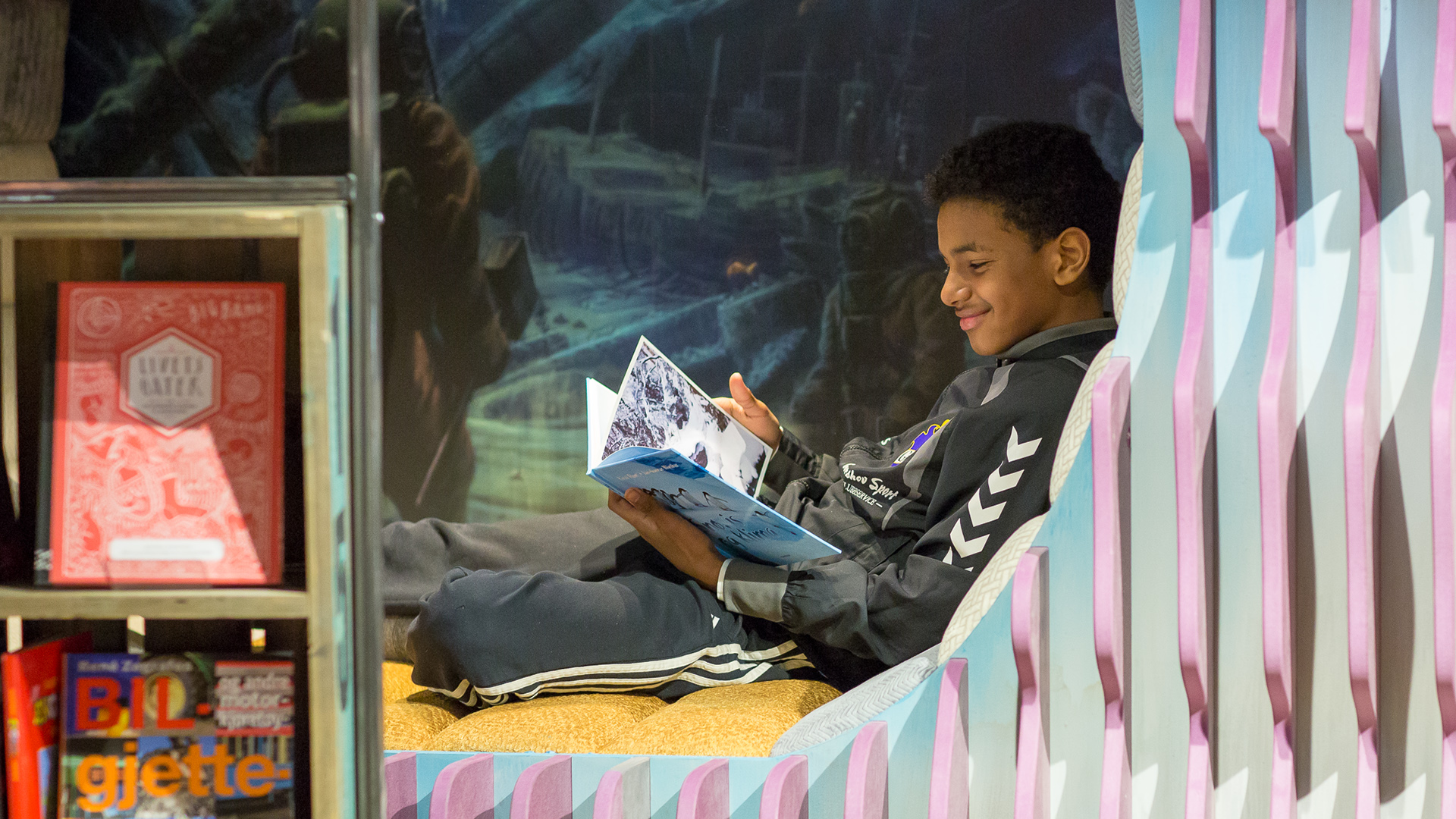
About the research
The book ‘Libraries, Archives and Museums as Democratic Public Spaces in a Digital Age’ (publisher: de Gruyter Saur, 2020) includes an analysis by Norwegian researchers Tonje Vold (University of Oslo) and Sunniva Evjen (Oslo Metropolitan University): ’Being, Learning, Doing: a Palace for the Children? – A Tween’s Library seen from the User’s Perspective.’ The article investigates the empowering aspects of a children’s library within the context of Deichman Biblo Tøyen, designed and accessible only for children between the ages of ten and fifteen. The anlyasis summarized in this blog post is part of a larger study.
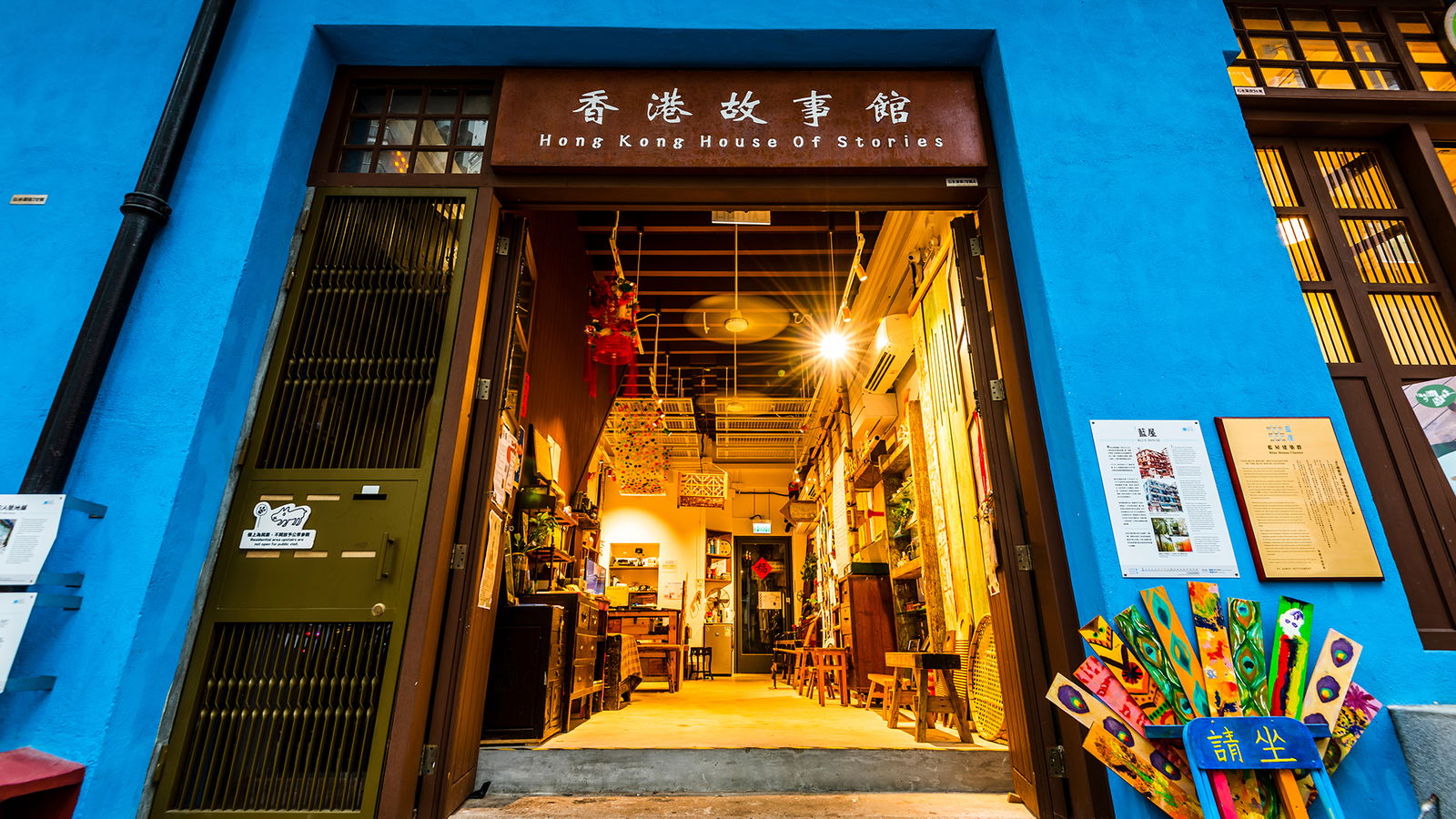
Around The World In 3rd Places: #1
